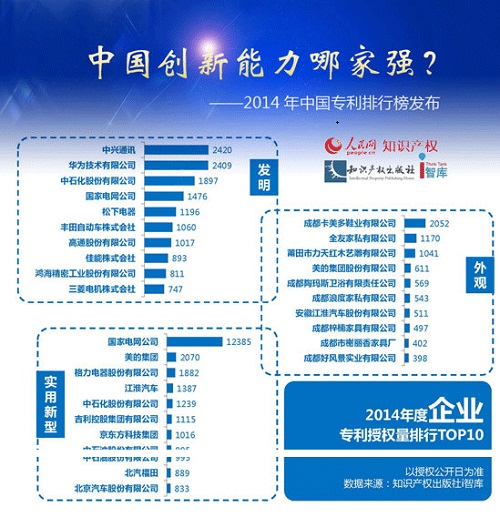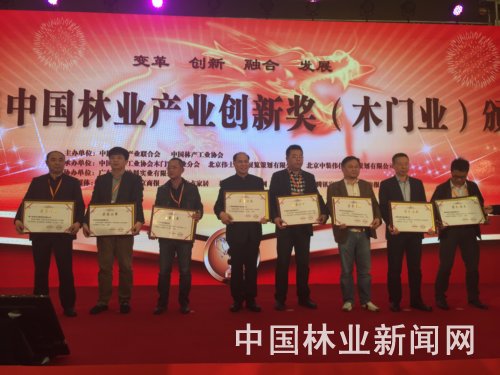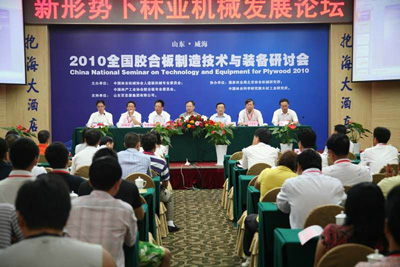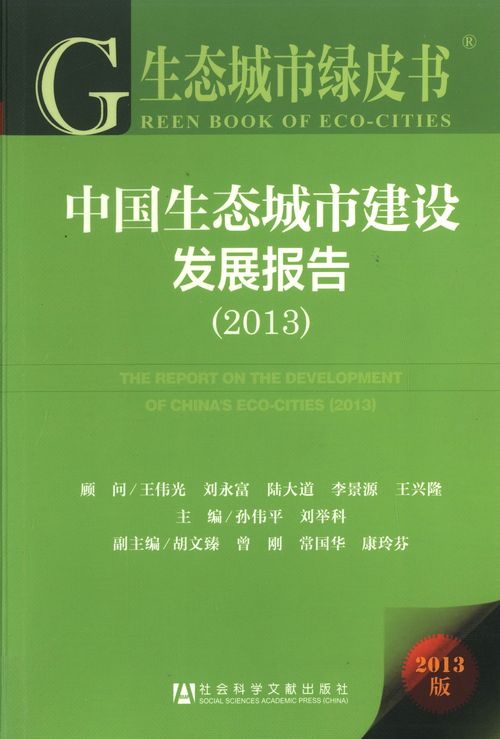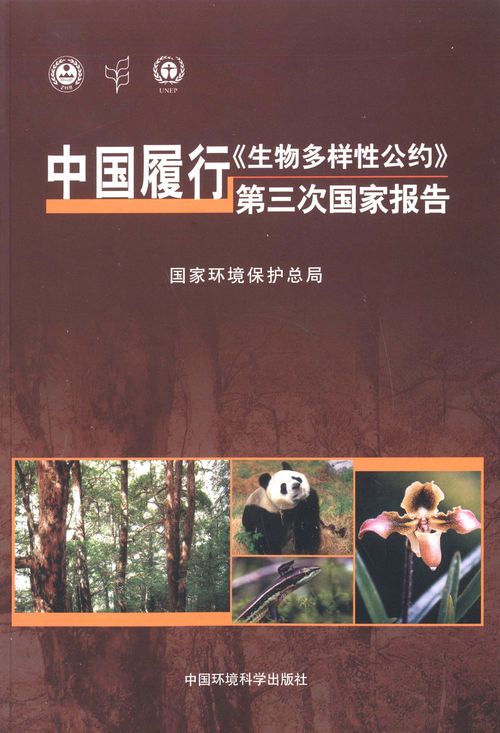
中国胶合板出口影响因素及贸易潜力——基于随机前沿引力模型的实证分析
编号
lyqk005998


中文标题
中国胶合板出口影响因素及贸易潜力——基于随机前沿引力模型的实证分析


作者单位
北京林业大学经济管理学院,北京 100083,北京林业大学经济管理学院,北京 100083


期刊名称
世界林业研究


年份
2017


卷号
30


期号
6


栏目编号
2


栏目名称
各国林业


中文摘要
文中基于中国胶合板出口面板数据构建随机前沿引力模型,实证分析中国胶合板出口影响因素及贸易潜力。贸易非效率项分析结果表明:人民币贬值和自由贸易协定是贸易促进因素,出口目的地货币贬值、金融危机以及反倾销和反补贴是贸易阻碍因素。根据贸易潜力分析结果,将中国胶合板出口市场分为4种类型,即高潜力低效率的新兴市场、高潜力高效率的成熟市场、低潜力低效率的待开发市场和低潜力高效率的次要市场;在此基础上,针对不同市场类型的特点提出优化中国胶合板行业出口贸易布局的战略措施。


基金项目
中央高校基本科研业务费专项资金(2017ZY12);国家自然科学基金“基于低碳约束的中国木材产业资源基础研究”(71350017)。


英文标题
Analysis of the Influential Factors and Potential of China's Plywood Export Trade Based on Stochastic Frontier Gravity Model


作者英文名
Wang Fang and Yin Zhonghua


单位英文名
School of Economics and Management,Beijing Forestry University,Beijing 100083,China and School of Economics and Management,Beijing Forestry University,Beijing 100083,China


英文摘要
Based on the panel data of China's plywood exports, the Stochastic Frontier Gravity Model is used to analyze the influence factors and potential of China's plywood export trade. The analysis of trade inefficiency shows that RMB devaluation and free trade agreements have boosted China's plywood exports, while export destinations' currency devaluation, world financial crises, anti-dumping and anti-subsidy have impeded China's plywood exports. According to the results on trade potential analysis, China's plywood export markets could be divided into four types:emerging market of high trade potential and low trade efficiency, mature market of high trade potential and high trade efficiency, untapped market of low trade potential and low trade efficiency and secondary market of low trade potential and high trade efficiency. On this basis, the strategic measures are proposed to optimize China's plywood export pattern according to the characteristics of different market types.


英文关键词
plywood;trade efficiency;trade potential;Stochastic Frontier Gravity Model;China


起始页码
52


截止页码
56


投稿时间
2017/4/1


分类号
F746.22


DOI
10.13348/j.cnki.sjlyyj.2017.0066.y


参考文献
[1] 叶克林,熊满珍.我国胶合板生产和贸易的现状和展望[J].木材工业,2006,20(2):26-29.
[2] 张寒,聂影,王健,等.中国胶合板贸易波动实证分析[J].世界林业研究,2008,21(2):72-75.
[3] 卢兵倩,丁锡方,彭干,等.中国胶合板进出口市场分析及面临的问题探讨[J].林业经济,2016(3):70-74.
[4] 戴永务,刘燕娜,余建辉.中国胶合板产业的国际竞争力研究[J].林业经济问题,2007,27(2):107-111.
[5] 庞新生,宋维明,王玮.中国人造板国际竞争力分析[J].北京林业大学学报(社会科学版),2016,15(2):59-69.
[6] WAN M L,TOPPINEN A,HÄNNINEN R.Econometric analysis of China's plywood market[J].Forest Products Journal,2010,60(7):679-692.
[7] 杜文婧,缪东玲.中国人造板出口区域贸易潜力分析[J].北京林业大学学报(社会科学版),2012,11(1):69-73.
[8] 缪东玲,陶青.中国胶合板出口区域贸易潜力分析[J].林业经济评论,2012,11(1):69-73.
[9] 李婷婷,郑文堂,陈建成,等.中国人造板出口影响因素及发展潜力:基于贸易引力模型的分析[J].经济问题探索,2014(8):92-101.
[10] BATTESE G E,COELLI T J.A model for technical inefficiency effects in a stochastic frontier production function for panel data[J].Empirical Economics,1995,20(2):325-332.


PDF全文
浏览全文


-
相关记录
更多
- 中国林业遗产类型与地理分布 2023
- 中国林业服务贸易规模核算问题探讨 2023
- 数字经济赋能中国乡村林业发展:理论机制、成效分析及政策启示 2023
- 森林碳汇环境库兹涅茨曲线特征及其影响因素分析 2023
- 民国时期的国有林场建设及其历史价值 2023
- 巩固退耕还林成果:农户意愿与行为研究进展及对策建议 2023
 打印
打印
